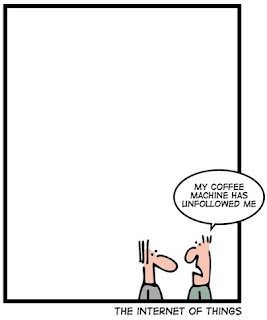 |
| Image Source- Yahoo Lifestyle |
In a cut-throat competitive retail market, the margins for errors are non-existent. If you exist and thrive in retail landscape then there is always a definite reason resonating behind it. If your retail store doesn’t get the desired foot traffic then there is something terribly wrong in your actions, unlike others who are succeeding. The retail stores doing well are finding unique and creative ways to enthral the masses. And an increase in foot traffic is directly proportional to sales. So how can you succeed in doing that? Here are the 7 ways to drive foot traffic to your retail stores:
- Safety & Security– Safety and security are a prime concern for any shopper. If you indeed provide them these feelings then shoppers thronging at your store is distinctly realistic.
- Organized & Clean– Any dishevelled aisle in any store generates a negative emotion inside them. And you end up losing them forever. So keep your store organized, clean and hygienic.
- Customer Service– All your staff should be people friendly, approachable and should always carry a smile on their faces. The other way around doesn’t work anywhere.
- Follow up– Follow up your existing customers with exciting offers, wish them on their birthdays, anniversaries etc.
- Never leave any shelf empty– This is very critical and you must always keep your store updated with latest technologies like predictive analytics to avoid stock outs or empty shelves.
- Consistent Sales & Discounts– The consistent sales, discounts and offers excite and elate any customer. So offer them your best and stay assured , foot traffic is bound to increase in your store.
- Drive Emotions– Human beings are driven emotionally. And any store must make their customers feel like they belong here.



























